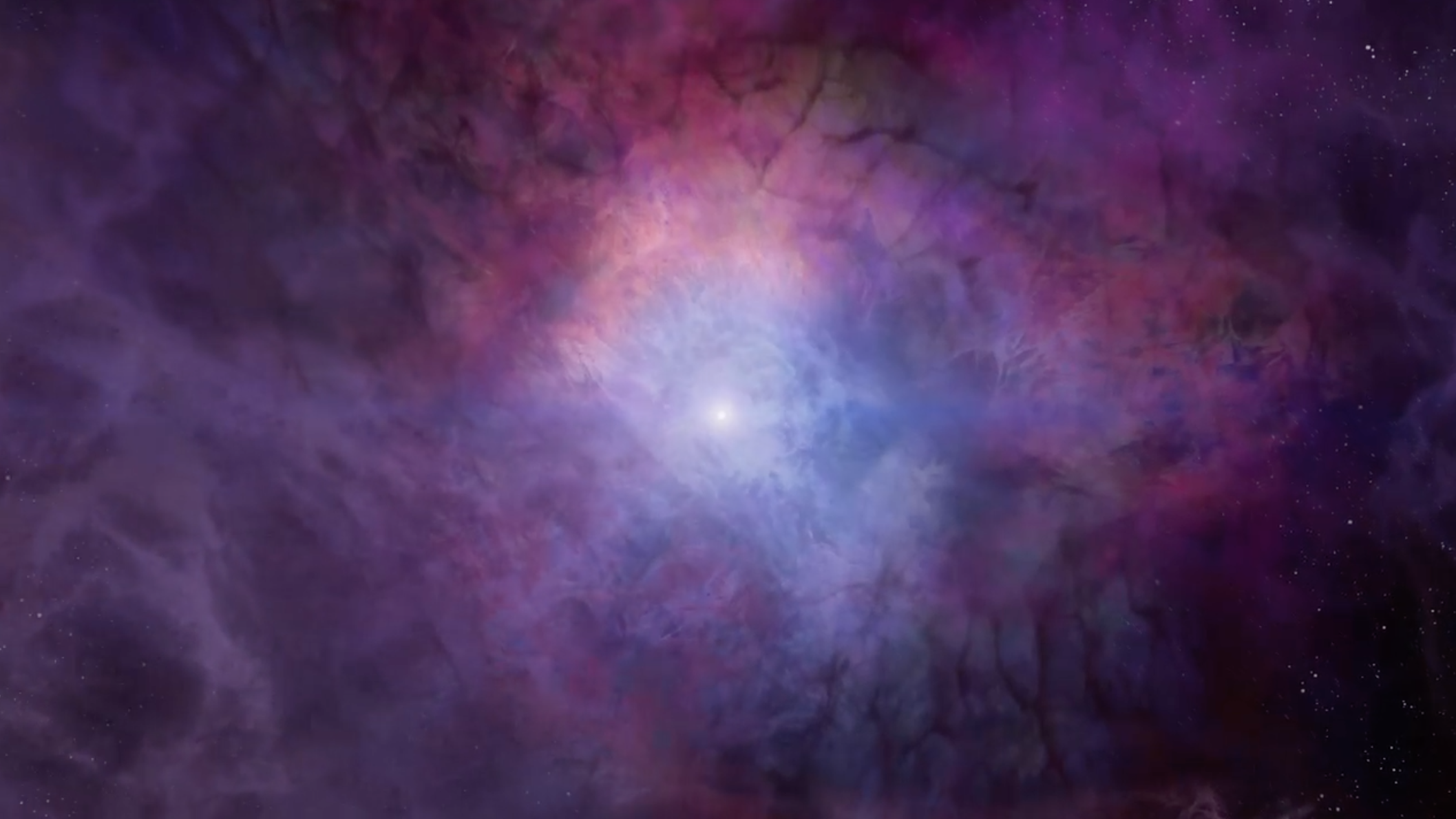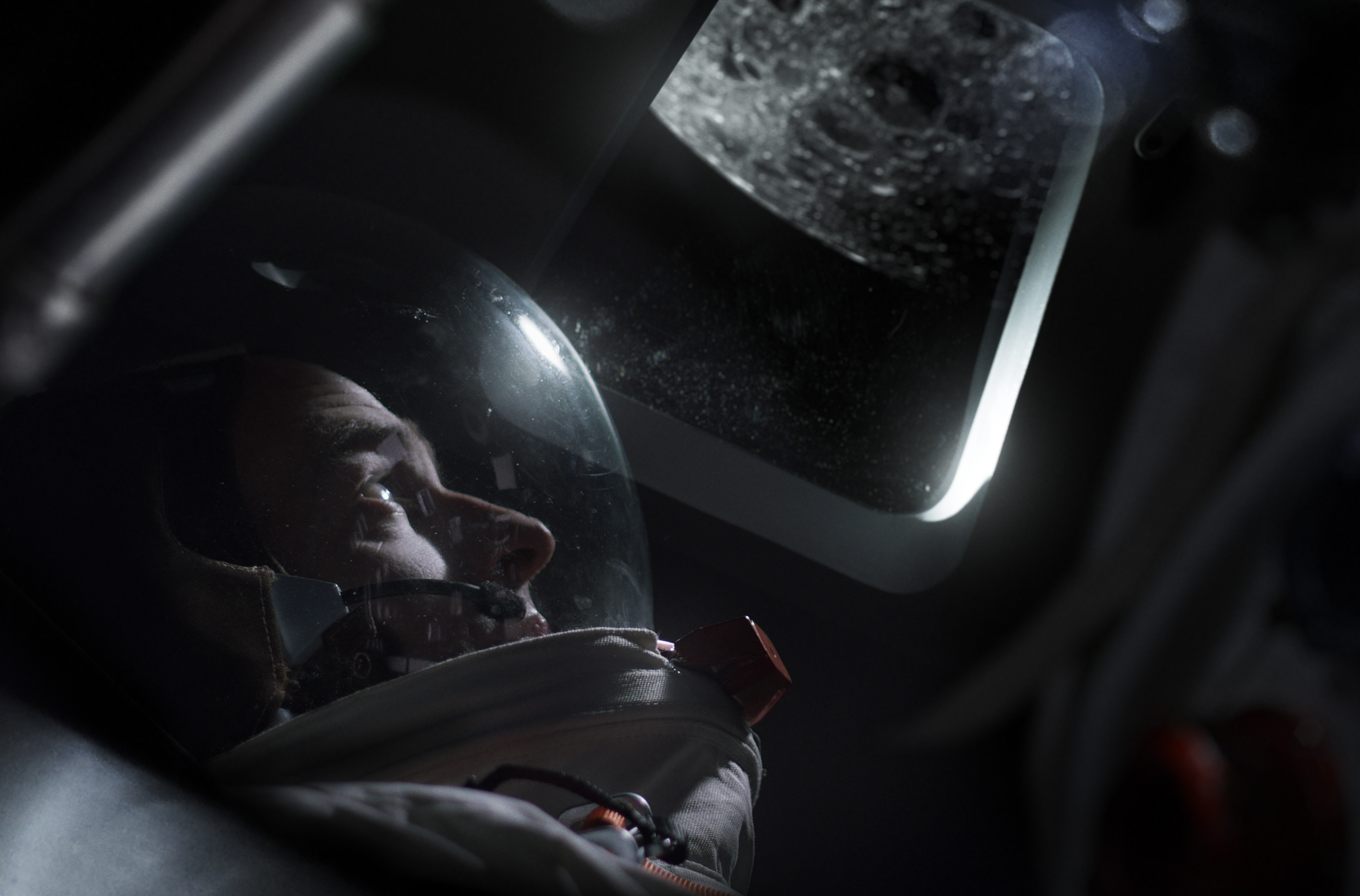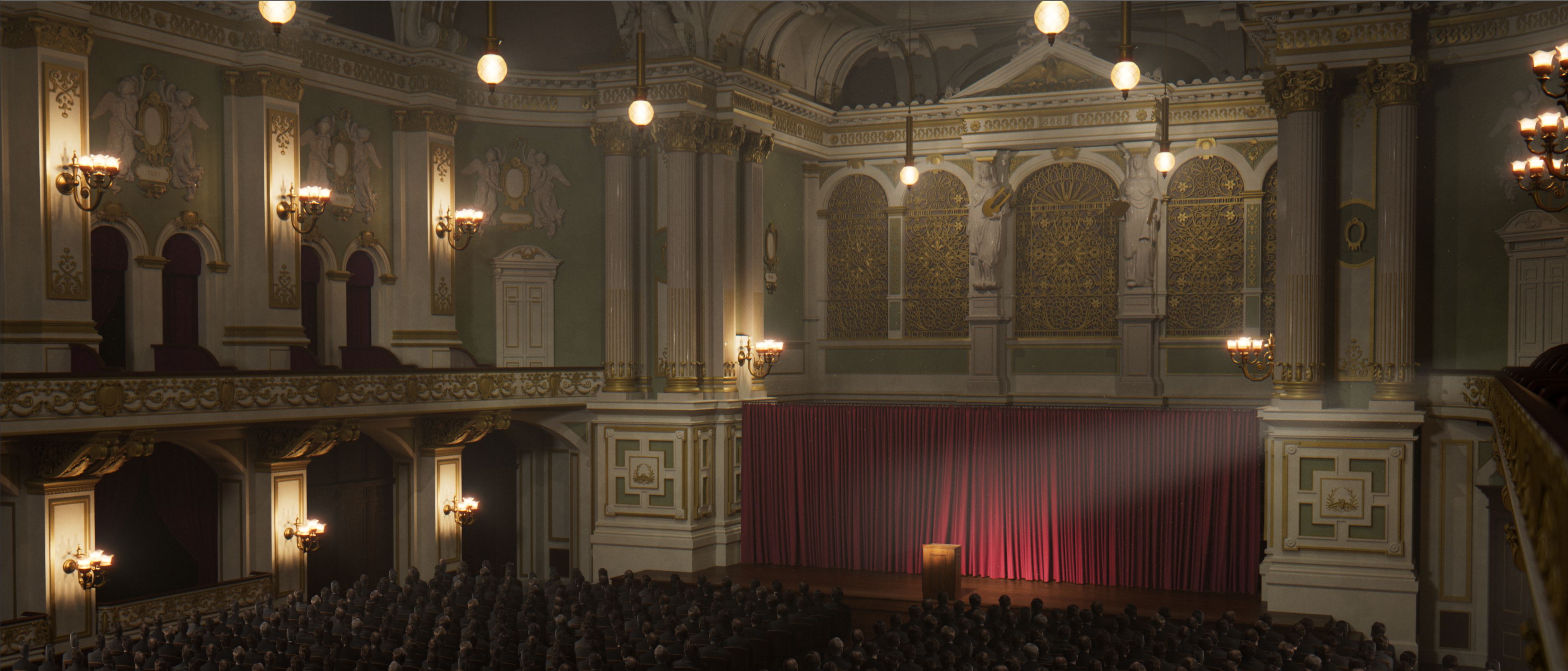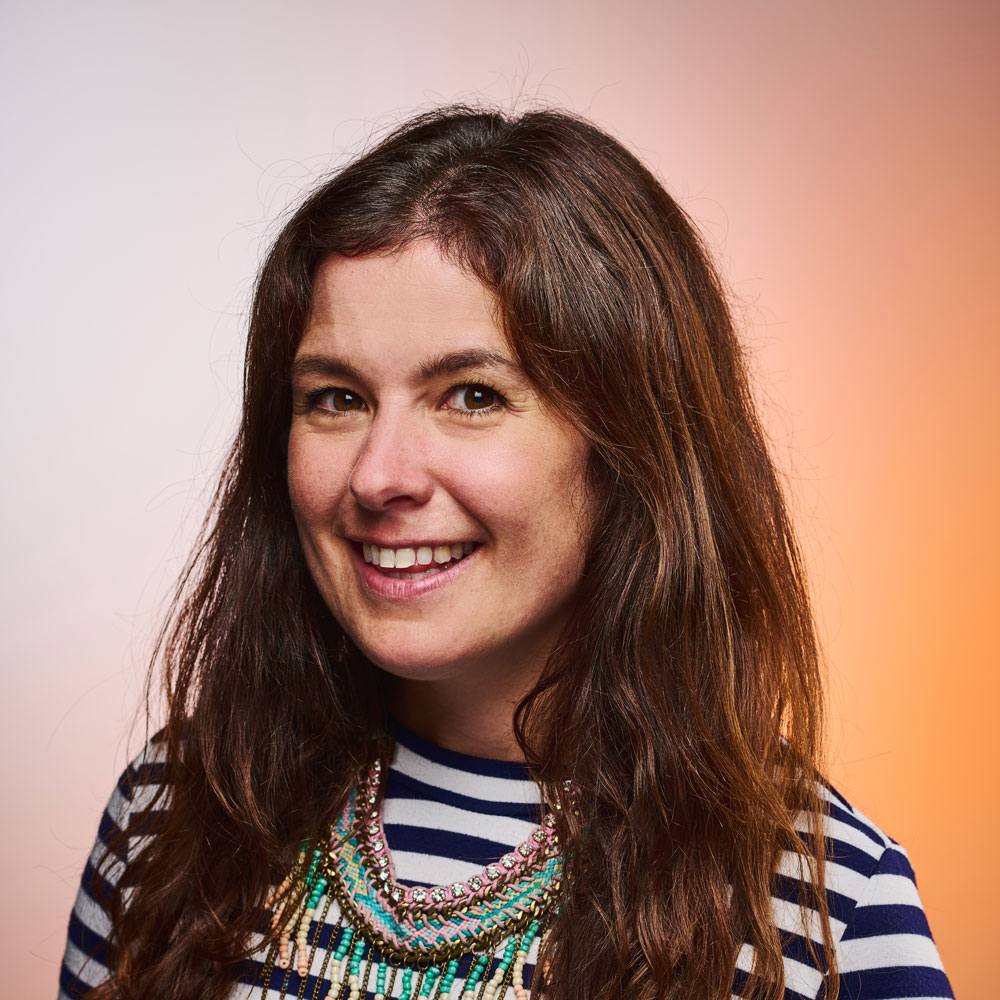'AI is the elephant in the room': A day in the life of the creative director of a VFX Studio
Rob Hifle shares a typical day as the co-founder, CEO and creative director of Lux Aeterna.
Lux Aeterna is a busy VFX studio based in Bristol, UK, which has credits as esteemed as The Crown, and Einstein and the Bomb to its name. As co-founder, creative director and CEO, Rob Hifle has been in the industry for 25 years, and is a steering force at the award-winning studio.
We chatted to him about a typical day at Lux Aeterna, learning about his approach to work, his favourite projects, and some of the challenges facing the VFX industry right now – such as AI. He also shares some excellent career advice.
Keep reading for more on Rob's career and day-to-day life, and then head over to our feature on how Lux Aeterna made the opening credits for one of the BBC's most distinguished TV shows. (Plus, you can also find out about some of the must-have VFX resources).
01. Tell me about a typical day in your role
I wear a few hats as Creative Director and CEO, I oversee the creative output, supervision, and final delivery of VFX at Lux Aeterna. This means working with production, supervisors, artists in the studio, as well as liaising with clients, making sure the work exceeds their expectations as well as delivering on time and on budget.
On a typical day, I might engage in client meetings or calls to foster relationships, discuss project progress, and address concerns or feedback. It’s important to demonstrate a deep understanding of the client's vision and needs, ensuring a positive and collaborative working relationship.
I inevitably end up multi-tasking across all aspects of Lux Aeterna’s business. I have a brilliant support network of production staff, operation managers, IT and phenomenally talented artists that make it all possible.
No day is ever the same – except for the squeak of the drinks trolley on a late Friday afternoon.
Get the Creative Bloq Newsletter
Daily design news, reviews, how-tos and more, as picked by the editors.

02. Which project are you the most proud of and why?
It’s hard to pin it down to one project. We’ve recently worked on ‘The Crown’ (Left Bank Pictures & Netflix) creating an environment using a Virtual Production stage at Shepperton Studios. It’s a beautiful and emotive piece of work which we turned around in record time.
We’ve just completed work on ‘Einstein And The Bomb’ (BBC & Netflix). The story is framed around Einstein's arrival in England after being forced to flee Nazi Germany in the 1930s. We recreated the Berlin Philharmonic Hall in full photo-real CGI based on an early blueprinted model we found in Germany. It has been great seeing it seamlessly integrating into the specially shot footage.
A project close to my heart is ‘8 Days To The Moon & Back’, a drama documentary marking the 50th anniversary of Apollo 11. I had the privilege of filming Neil Armstrong 25 years earlier in New York with the BBC. It was a unique drama because the actors lip-synced to the real astronauts' audio. We used digital effects and dramatised performances to create the visual journey and bring the original audio to life. It did well at the awards picking up both BAFTA and Emmy nominations.
03. How do you approach a new brief or project?
It’s really important for me as a Creative Director not to just recycle techniques. I love the carte blanche approach where you take away all the constraints and hone in on the creative and work out unique solutions.
Each brief is different so each presentation takes on a unique form. I sell my ideas with mood boards, storyboards, visual references, written outlines and synopses. I also cut mood reels which is a good way to show how the pacing and the tonality might work. In my head I approach every project as if it has to be award-winning.
I avoid the obvious or the usual tropes associated with a subject or genre. I like to metaphorically throw all the parts up in the air and see where they fall.

04. Can you tell me about a tricky challenge and how you approached it?
Back in 2011, I received a pitch for BBC’s Wonders of the Universe with Professor Brian Cox. The brief was to create some of the Universe’s most beautiful and complex cosmological phenomena. The challenge was to create something that was unimaginably vast such as stellar nurseries, supernovas or the Milky Way. I presented the idea of using fluid inks in combination with VFX, after being inspired by Terence Malik’s ‘Tree Of Life’ and Darren Aronofsky’s ‘The Fountain’. I won the gig. It was a brave decision for the commissioner to let me create something as vast as the Universe in something so small as a petri dish. It was a tough pitch but it did pay dividends with a BAFTA nomination.
05. What challenges face the VFX industry in 2024?
AI is obviously the zeitgeist as well as being the elephant in the room. The speed of the development and implementation has been extraordinary. It’s going to be interesting to see how this plays out over the next few years, especially concerning copyright laws. We’ve recently seen the actors striking due to the use of AI. This was a major sticking point in the longest-ever actors strike. It has ended with an agreement that provides protections regarding how studios and streaming companies use performers’ digital twins. The industry will continue to feel the fallout from last year's strikes throughout 2024.

06. How and why are you embracing AI, and is the VFX industry a place where it can really help?
Certain aspects of AI will benefit our industry. AI can speed up some of the more laborious tasks meaning that our artists have more time on the creative. These tasks could be automating rotoscoping processes, upscaling footage, in-painting and outpointing on a shot but these are all off-limits until there is a proper resolution concerning protocols and regulations.
By speeding up tasks and renders we have an immediate effect on our turnaround. Not only competing with some of the larger VFX studios but also reducing our render farm electricity bills and therefore our carbon footprint.
Its machine learning ability to make predictions will revolutionise VFX, giving artists powerful tools to push the boundaries of creativity and efficiency. I’m eternally positive about the application of machine learning software but we also have to heed the ethical implications of its application ensuring that the technology is fair, accurate and unbiased.

07. What advice would you give someone who wants to work in VFX?
Study your craft and enjoy the learning process. You will need to dedicate time to continuous learning and improvement in your craft. Stay updated with the latest techniques, industry trends and software tools. On a practical level, learn how to collect references in order to communicate your objectives. Check out online courses and attend workshops. Follow your passion, get obsessed and start living it. This is a lifestyle career and the learning should be enjoyable and not just a means to an end.
08. What 3 tips would you give an artist to get noticed?
Build a body of work that showcases the breadth and depth of your skills. Highlight projects that challenge you creatively and showcase your ability to solve complex problems in visually compelling ways. VFX is all about problem-solving.
Likewise, embrace the process of experimentation and exploration, and approach each project with a sense of curiosity and enthusiasm. The more you enjoy honing your craft and pushing your creative boundaries, the more likely you are to produce standout work that catches the eye of industry professionals.

09. Who’s your dream client and why?
The relationship with the client is paramount and over the years we have garnered strong relationships with the likes of BBC and Netflix, as well as numerous other production companies. Having a client who works collaboratively leads to a deeper understanding of the vision, goals and expectations, so fostering a relationship with clients is key to promoting transparency, creativity, and efficiency, and ultimately leads to high-quality and impactful visual effects that meet the client’s objectives. A close collaboration builds trust and develops long-term returning clients.
10. What career advice would you give your younger self?
I was always determined and headstrong about what I wanted to do in life. I never listened to career advisers as they never seemed to project a career in the creative arts when I was growing up.
My mother is an artist, so being creative has always been part of my DNA. I’ve stubbornly followed my passions and never really took any advice in my younger years, so I’m sure I wouldn't have taken it from my older self!
See the rest of our Day in the Life series here.

Thank you for reading 5 articles this month* Join now for unlimited access
Enjoy your first month for just £1 / $1 / €1
*Read 5 free articles per month without a subscription

Join now for unlimited access
Try first month for just £1 / $1 / €1

Georgia is lucky enough to be Creative Bloq's Editor. She has been working for Creative Bloq since 2018, starting out as a freelancer writing about all things branding, design, art, tech and creativity – as well as sniffing out genuinely good deals on creative technology. Since becoming Editor, she has been managing the site and its long term strategy, helping to shape the diverse content streams CB is known for and leading the team in their own creativity.
